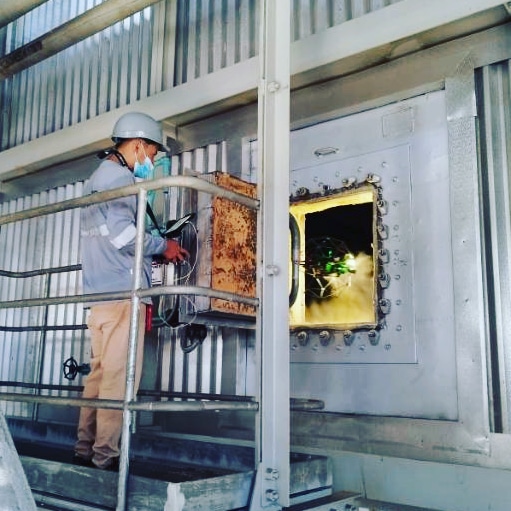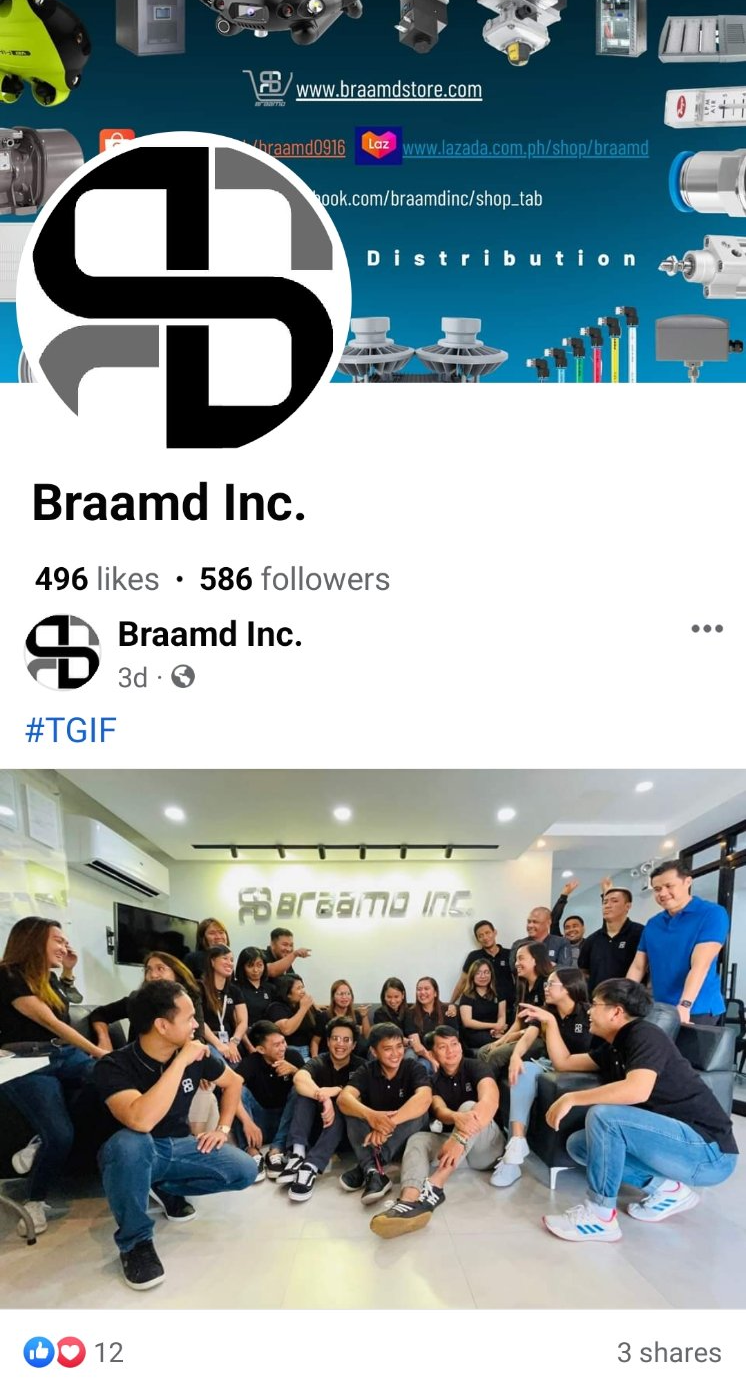
ELIOS IN POWER GENERATION
In the Power Generation industry, the Flyability – ELIOS indoor drone is of tremendous value.
APPLICATIONS
Gas, Biomass, Oil, Coal-fired Power Plants.
Using ELIOS for asset inspection, assess the integrity and condition of burners, HRSGs (Heat Recovery Steam Generator), boiler walls, refractories, tanks, stacks, chimneys, superheater piping, scrubbers, and more. Use Elios for coal, fuel stockpile volumetric measurements as well. The Elios also significantly speeds up the process of stockpile measurement compared to manual methods.
Windpower Plants.
Elios drone can be used for wind turbine blade inspection and also for internal tower inspection. Elios drone is able to inspect 40% more of the internal blade than a rope inspection would allow. There is no roping required before inspection and there is no need for human entry in the turbine.
Hydro Power Plants.
Hydropower plants, dam and reservoir projects have benefited from drone inspections. Use Elios drone do structure condition assessment, asset and pipeline inspections, and more.
Nuclear Power Plants
Using the Elios 3, inspection is possible where areas are off limits to people. Use to make general inspection, collect LiDAR data, and make 3D maps of the area. Also, using Elios 3 (RAD Version), remote radiation detection and localization is possible without human exposure. Elios is ready to inspect both operational and decommissioned nuclear power plants without placing people in harm’s way.
BENEFITS
Power plant maintenance is essential for operations at all power plants, to ensure the safety of workers at the plant, to keep all of the assets and infrastructure in good working order, to preserve the longevity of the plants assets, and to achieve plant efficiency. Using Elios 2 for power plants’ maintenance offers many benefits such as savings on cost on inspections, faster inspection, reduced downtime, and safety of the workers.
SAVINGS
- Save inspection costs by eliminating the use of scaffolding, cranes, roped access, and human entry.
- Another big driver of savings in using drones for inspections is that they help significantly reduce downtimes for assets.
- Inspection drones can also significantly reduce the overall number of work hours required for inspections, which helps to drive down labor costs.
- Save on insurance costs. Using drones for indoor inspections can significantly reduce the hazards to inspectors and workers on a site by reducing the need for confined space entry, rope access, or standing at dangerous heights on scaffolding. By reducing these hazards companies can reduce their liability insurance, helping them realize additional savings.
- Reduced Need for Health & PPEs. In many inspection scenarios, inspectors are required to wear health and safety equipment while conducting inspections.
- Because drones make inspections cheaper, they can also help companies increase the frequency with which they conduct them. Doing inspections more often can help companies identify defects in an asset earlier than they would otherwise.
SAFETY
In addition to savings mentioned above, safety is one of the biggest benefits to using indoor drones for internal inspections. By using an indoor drone to collect visual data, inspectors don’t have to collect it themselves. This means that drones can take the place of inspectors, reducing the need for them to enter potentially dangerous places inside assets like boilers, pressure vessels, or chimneys.
USES
Mechanical integrity analysis. Undertake drone-based inspections of combustion chambers, flue gas scrubbers, boilers and other areas of energy-generation systems.
Preventive maintenance. Get a quick overview and evaluation of the condition of an asset to improve maintenance planning, resulting in reduced maintenance-related downtime and costs.
Confined spaces inspections. Perform remote analysis and evaluation of hard-to-reach confined structures, such as boilers or wind turbine blades.
Emergency response. The quick deployment time and the ability to either screen a whole area or quickly get details of specific sections make drone inspections ideal for time-critical inspections.
CONCLUSION
Drones, intelligent software, AI, and robots are the present and the future of inspections, surveys and mapping. We are glad to actually have this inspection solution that is ELIOS. We have numerous success stories and case studies of drone inspections for the power generation industry, please contact us and try our Elios drones.
